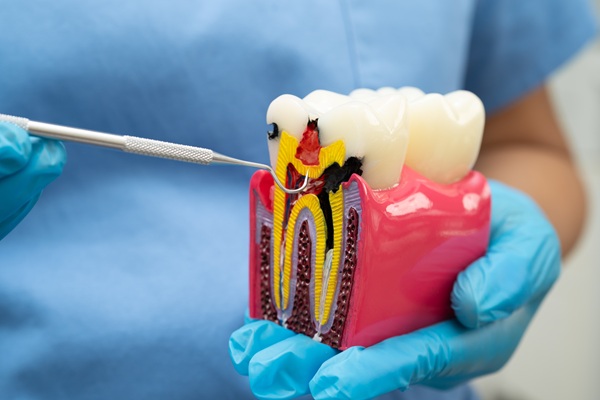How Your General Dent Cistan Help You With Your Dental Anxiety

Dental anxiety can strike weeks before your next appointment. People with dental phobias often experience feelings of dread whenever the thought of having to go to a dentist creeps into their heads. People with the condition typically make up any excuses they can think of to avoid going to the clinic just to avoid having to deal with their fears.
That only makes things worse for these people though since oral problems do not magically disappear on their own. They need treatment to improve. Failing to do this often leads to the initial problem becoming worse. As a result, the person ends up having to get more treatments, they have higher dental bills, and lastly they end up dealing with more pain and discomfort than they would have had to deal with if they went to a dentist earlier.
Understanding dental anxiety
There are varying degrees of dental phobias. Some people only experience minor uneasiness when it is time to go to the dentist, while others become panic-stricken at the thought of going to the dentist. Generally speaking, the more extreme a person's dental anxiety is, the less likely they are to show up at a dental clinic.
For people with extreme dental fears, only excruciating pain and discomfort forces them to get treatments they need. These people wait until the last minute possible to get treatments they need so their teeth and soft tissues often become severely damaged. As a result, these people might be forced to cover up their teeth or smile less often to hide their deteriorating teeth. This can negatively impact a person's self-esteem as well as their personal and professional lives.
How a dentist can help with dental anxiety
Dentists can help with dental anxiety by educating their patients about ways to cope with their feelings of dread and t
heir options when it comes to sedatives. Sedation dentistry is a branch of dentistry that focuses on managing dental phobias. The type of sedatives used often varies based on the severity of the patient's phobias. The levels of sedation used to manage dental anxiety include:
- Minimal sedation: This involves sedatives that allow the patient to remain conscious while the dentist works.
- Moderate sedation: This uses sedatives that might leave the patient coming in and out of consciousness. The patient might slur their speech while under the influence of these drugs, but they can be easily woken up if they fall asleep.
- Deep sedation: Patients are usually unconscious during treatments that involve deep sedatives, but it does not take much to wake them up.
- General anesthesia: Patients are fully unconscious when general anesthesia is administered. This is used as a last option for dental phobias, and treatments typically need to be done in a hospital setting
Take control of your dental anxiety
Terrified of going to the dentist? There is no need to be scared. Call or visit Oak Tree Dental to learn more about how our dentist can help you to manage your fears.
Request an appointment here: https://www.oaktreefamilydental.com or call Oak Tree Dental at (703) 763-5239 for an appointment in our McLean office.
Check out what others are saying about our services on Yelp: Read our Yelp reviews.
Recent Posts
Dental implants can prevent tooth loss from affecting oral health, facial structure, and overall quality of life. While tooth replacements like traditional dentures and dental bridges provide functional and aesthetic improvements, implants offer superior advantages in durability, jawbone preservation, and smile aesthetics. Understanding these benefits can reveal whether dental implants are your best option for…
The term "root canal" often causes anxiety in patients. This fear is largely due to misconceptions surrounding this dental procedure. However, a root canal is an effective treatment that can relieve pain, save a natural tooth, and prevent further complications. By understanding the most common myths about root canals, patients can approach this treatment with…
Selecting an effective way to replace missing teeth can be a significant decision, and dental implants often offer a dependable solution that restores both function and appearance. These specialized fixtures fuse with the jawbone to form a solid foundation for replacement teeth. However, it is important to note that not everyone automatically qualifies for this…
The teeth are an essential part of the human body, which is why so many people turn to dental implants. Without enough teeth, it is harder for people to bite into and chew their food and harder to enunciate certain words when speaking. When many teeth are missing, the shape of the face will change,…


